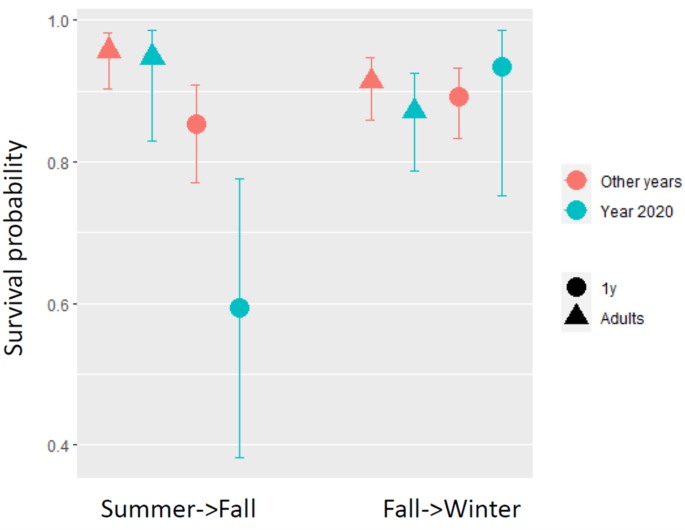A new study reveals that the COVID-19 lockdowns had a significant impact on the behavior and survival of urban-dwelling carrion crows. The researchers found that while adult crows became more mobile and moved out of their usual urban habitats, the survival of young crows drastically decreased during the lockdown period. This suggests that the reduction in human-provided food resources heavily affected the fitness of these opportunistic bird species. The study provides valuable insights into how sudden changes in human activity can influence the dynamics of urban wildlife populations. Carrion crows are a common sight in many cities around the world, often benefiting from the abundant food resources provided by human activities.

Lockdowns and the Fate of Urban Crows
The COVID-19 pandemic brought about unprecedented changes to human life, with many countries implementing strict lockdowns to curb the spread of the virus. These lockdowns resulted in a drastic reduction in human activities, leading to a significant decrease in the availability of food resources for opportunistic urban-dwelling species, such as carrion crows.
Researchers from the Center for Ecology and Conservation Sciences in Paris, France, decided to study the impact of these lockdowns on the behavior and survival of the carrion crow population in the city. They used a long-term capture-mark-recapture dataset spanning 7 years (2015-2021) to examine the changes in the crows’ apparent survival and movement patterns during and outside the lockdown periods.
Decreased Survival of Young Crows
The study’s findings reveal that the lockdowns had a significant impact on the carrion crow population, with different effects on young and adult birds. The researchers found that the apparent survival of juvenile crows (those in their first year of life) decreased dramatically during the lockdown periods, particularly between the summer and fall seasons.
“The apparent survival of juvenile carrion crows decreased down during lockdown, while adult movements increased during this period, with more adult crows moving out of the urban district,” explains Frédéric Jiguet, one of the study’s authors.
This suggests that the reduction in human-provided food resources, such as food waste in public parks and gardens, had a more significant impact on the survival of young crows, who are still developing and may have had a harder time adapting to the scarcity of resources.
Increased Mobility of Adult Crows
In contrast, the study found that adult crows became more mobile during the lockdowns, with an increased probability of moving out of the main study site (the Jardin des Plantes in Paris) and into the wider city.
“Adult movements from the Jardin des Plantes towards the rest of Paris increased during lockdown,” says Jiguet. “This could be due to a reduction in human disturbance outside parks and gardens, leaving more space available for wildlife to forage in the city and along streets.”
The increased mobility of adult crows may have been a response to the scarcity of food resources in their usual urban habitats, as they sought to find alternative sources of sustenance elsewhere in the city. However, unlike the young crows, the adults did not suffer from higher mortality rates during the lockdowns.
Implications for Urban Wildlife Management
The findings of this study have important implications for the management of urban wildlife populations, particularly opportunistic species like carrion crows that rely heavily on human-provided food resources.
“The demography of urban crows can be impacted by a drastic reduction in the availability of waste food, and the natural large-scale quasi-experimental setting provided by lockdowns in 2020 allowed us to quantify the degree to which crow survival in cities depends on food provided by human activities,” says Jiguet.
In the case of carrion crows, the researchers suggest that a more dedicated management of food waste in public spaces could significantly reduce the survival of non-breeding immature individuals, potentially leading to a decrease in the overall crow population within the city.
This study highlights the importance of understanding the complex relationships between urban wildlife and human activities, especially in the context of sudden changes, such as those brought about by the COVID-19 pandemic. By studying the impacts of lockdowns on urban bird populations, researchers can gain valuable insights to inform more effective wildlife management strategies in human-dominated environments.
Author credit: This article is based on research by Perrine Lequitte-Charransol, Alexandre Robert, Frédéric Jiguet.
For More Related Articles Click Here
